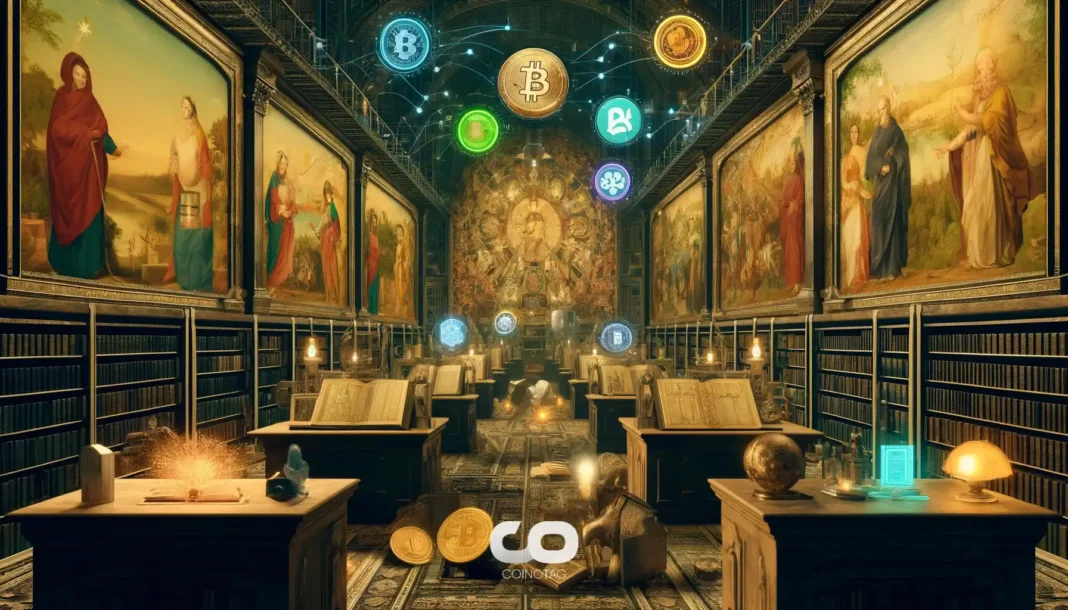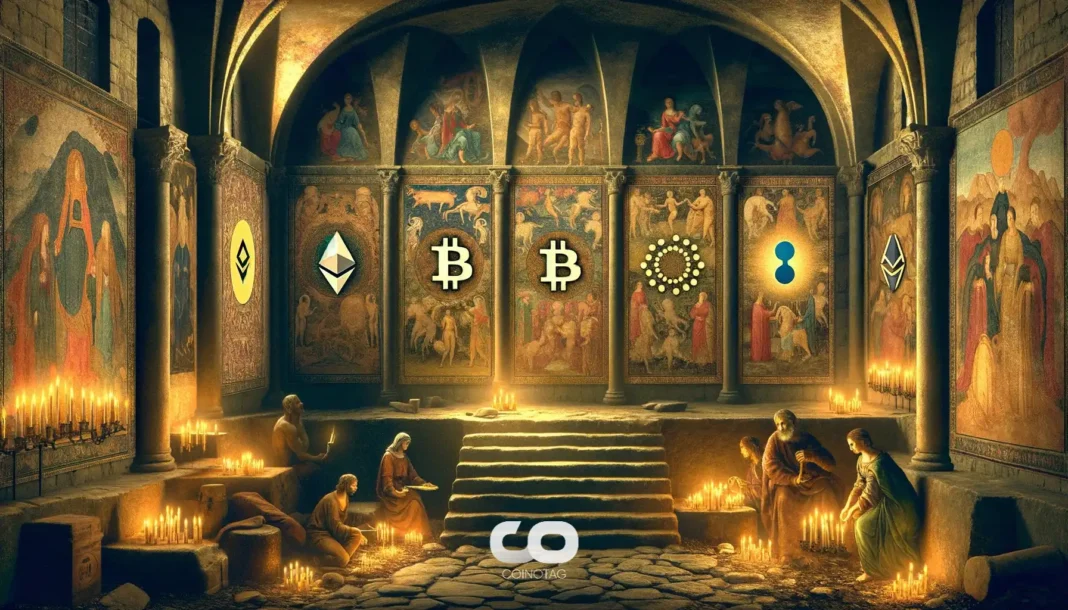-
The RGB Protocol has officially launched on the Bitcoin mainnet, introducing scalable tokenization capabilities including stablecoins, NFTs, and custom tokens within the Bitcoin ecosystem.
-
This innovative protocol utilizes client-side validation to maintain privacy and reduce blockchain bloat, while enabling fast, low-cost asset transfers compatible with the Lightning Network.
-
According to Boosty Labs CEO Viktor Ihnatiuk, Tether’s USDT will be the first major stablecoin to leverage RGB’s infrastructure, marking a significant milestone for Bitcoin-based DeFi applications.
RGB Protocol launches on Bitcoin, enabling USDT stablecoin transfers with enhanced privacy and scalability via Lightning Network integration.
RGB Protocol Launches on Bitcoin Mainnet, Unlocking Tokenization and Stablecoin Transfers
The RGB Protocol’s deployment on Bitcoin’s mainnet represents a pivotal advancement in the blockchain space, enabling users to create, send, and manage a variety of digital assets directly on Bitcoin. Unlike traditional on-chain tokenization methods, RGB employs client-side validation, which processes and verifies asset data offchain. This approach not only preserves user privacy by keeping transaction details hidden from the public ledger but also significantly reduces blockchain congestion.
By anchoring proofs to Bitcoin transactions without storing full asset data onchain, RGB maintains Bitcoin’s core principles of decentralization and self-custody. The protocol’s compatibility with the Lightning Network further enhances transaction speed and cost-efficiency, making it an attractive solution for stablecoin transfers and other tokenized assets.
USDT Integration on Bitcoin: A New Era for Stablecoin Transfers
Boosty Labs founder and CEO Viktor Ihnatiuk confirmed that Tether’s USDT will be the first real-world application of RGB’s tokenization capabilities on Bitcoin. This integration promises fast, secure, and low-cost transfers of USDT directly on the Bitcoin network, eliminating the need to rely on alternative blockchains with varying trust models.
Ihnatiuk highlighted that users will benefit from seamless Lightning Network compatibility, enabling instant payments and atomic swaps that facilitate decentralized trading. The RGB protocol’s virtual machine (VM) capabilities also open the door for complex DeFi functionalities, potentially compatible with Ethereum Virtual Machine (EVM) standards, thus bridging Bitcoin with broader decentralized finance ecosystems.
This development positions Bitcoin not just as a store of value but as a versatile platform for programmable assets, leveraging its unparalleled security while expanding its utility.
Supporting Growth: The RGB Protocol Association and Ecosystem Development
To foster widespread adoption and innovation, leading crypto entities have established the RGB Protocol Association. This coalition includes notable members such as Bitfinex, Plan B Network, ThunderStack, Boosty Labs, and others, all committed to advancing RGB’s ecosystem through strategic funding and educational initiatives.
The association aims to distribute grants and sponsorships to developers and projects building on RGB, accelerating the creation of novel applications that harness Bitcoin’s security and RGB’s tokenization framework. This collaborative effort underscores the growing momentum behind Bitcoin-based DeFi and asset tokenization.
By coordinating resources and knowledge-sharing, the RGB Protocol Association seeks to cultivate a robust developer community, ensuring sustained growth and innovation within the Bitcoin ecosystem.
Conclusion
The launch of the RGB Protocol on Bitcoin marks a significant step toward expanding Bitcoin’s functionality beyond simple value transfer. With Tether’s USDT set to pioneer stablecoin transfers on this platform, users can anticipate enhanced privacy, scalability, and interoperability within the Bitcoin network. Supported by a strong consortium through the RGB Protocol Association, this initiative promises to drive the next wave of Bitcoin-based decentralized finance and asset tokenization, reinforcing Bitcoin’s position as a foundational blockchain for secure and versatile digital asset management.







